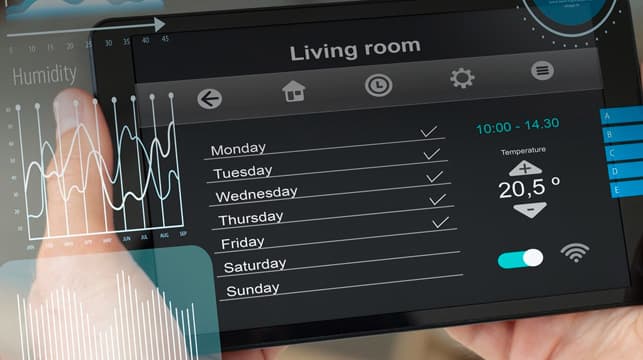Where Intelligence Meets Infrastructure

A smart building using IoT (Internet of Things) devices is a structure that uses connected technologies to monitor, control, and optimize building operations. These operations include HVAC (heating, ventilation, and air conditioning), lighting, security, energy usage, occupancy, and more. The goal is to improve efficiency, comfort, safety, and sustainability.
How IoT Works in a Smart Building
IoT devices are embedded with sensors, software, and connectivity tools. These devices collect real-time data and communicate with each other through a central system, often using cloud services or local edge computing.
Key Components:
- • Sensors – detect data like temperature, motion, light levels, humidity, air quality, etc.
- • Actuators – devices that carry out actions, like adjusting lighting or turning off HVAC.
- • Gateways – connect devices to the internet or internal networks.
- • Cloud platforms – store and analyze data, provide dashboards, enable remote access.
- • AI/Analytics – process data to make predictions and automate decisions.
Benefits
- • Energy Efficiency: Reduce energy waste through automation and optimization.
- • Cost Savings: Lower operational and maintenance costs.
- • Comfort & Productivity: Personalized environments for occupants.
- • Safety & Security: Faster responses to threats, improved surveillance.
- • Predictive Maintenance: Identify issues before they cause system failure.
“Smart buildings are the future of innovation — blending IoT, AI, and real-time data to create adaptive, intelligent environments. They don’t just operate; they evolve, delivering smarter comfort, efficiency, and performance with every interaction.”
© Copyright 2024. All Rights Reserved by Bagus Harapan Tritunggal

